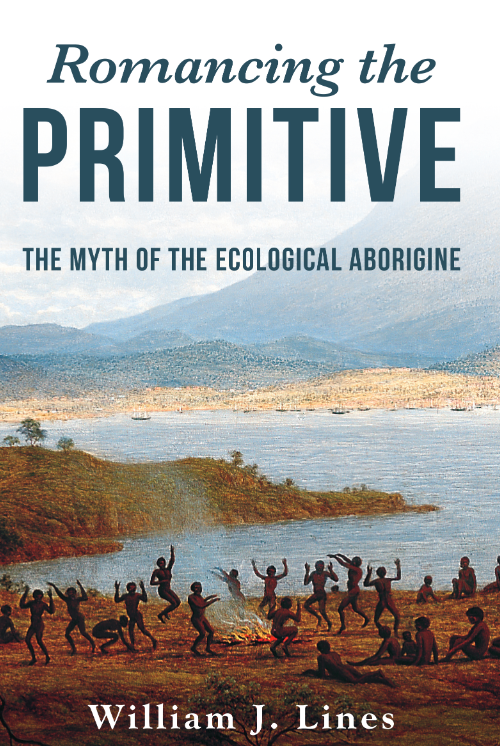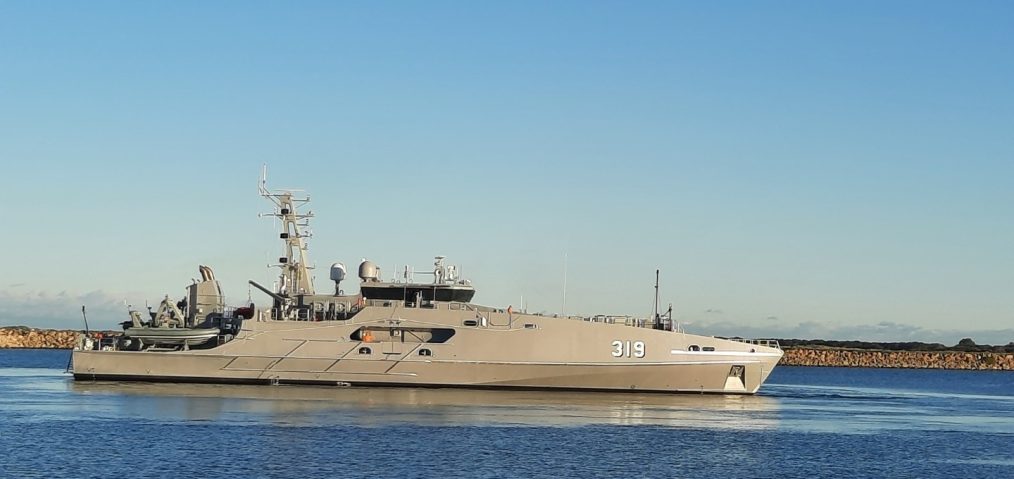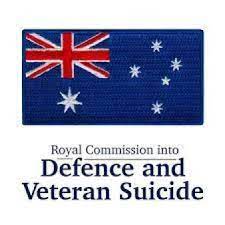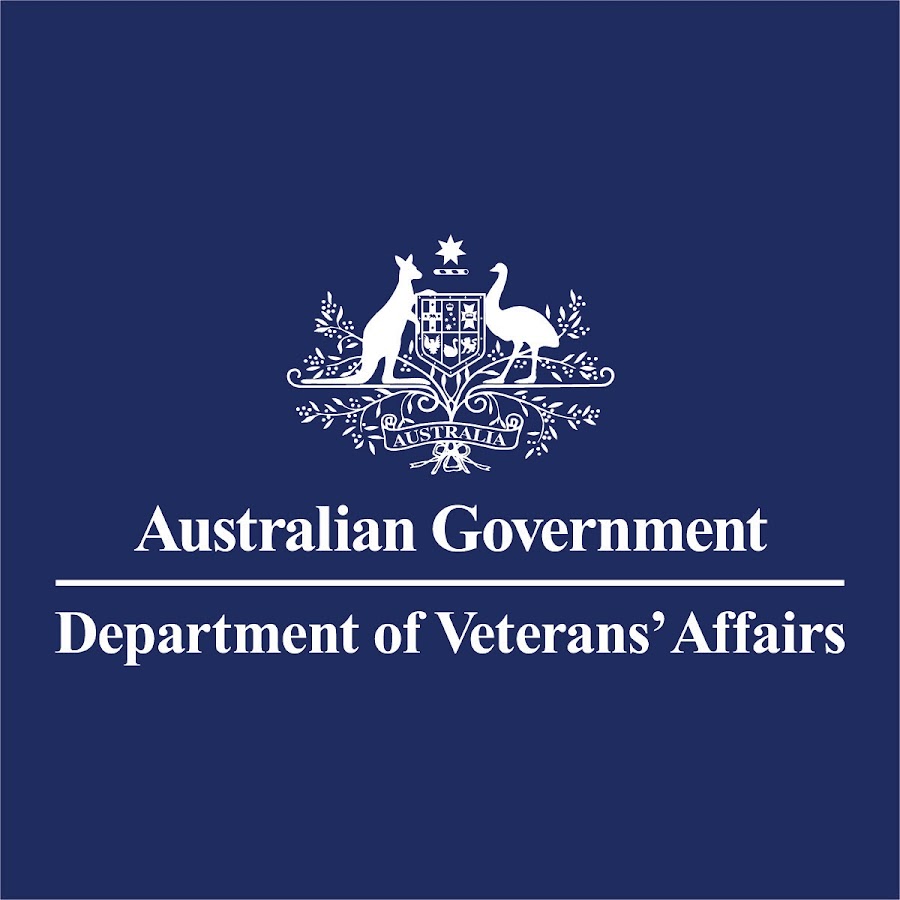F-4 Phantom II: America’s Best Fighter Jet Ever
The F-4 Phantom II, originally developed by McDonnell Aircraft (later McDonnell Douglas and now Boeing), has often been hailed as one of America’s best fighter jets. With its unique design, adaptability, and extended service life, the F-4 has proven its worth in numerous conflicts and roles around the world. Here’s an expanded look into its history, features, and legacy:
- Historical Context:
- Designed in the late 1950s, the F-4 was originally conceived as a fleet defense interceptor for the U.S. Navy. However, its versatility soon led to its adoption by the U.S. Marine Corps and U.S. Air Force.
- The Phantom II was integral during the Vietnam War, where it played a prominent role in air-to-air combat and ground attack missions.
- Over its life span, the F-4 was used in a plethora of roles, including interceptor, fighter-bomber, reconnaissance aircraft, and Wild Weasel (anti-Surface-to-Air Missile aircraft).
- Distinctive Features:
- The Phantom II boasted a tandem two-seat, twin-engine layout.
- Recognizable by its downward-canted tailplanes and drooping outer wing panels, the F-4 had a unique aesthetic.
- It was one of the first multi-service combat aircraft, capable of carrying out both air-to-air and air-to-ground missions.
- The aircraft was also the first to be equipped with a pulse-doppler radar, which was revolutionary for its time.
- Performance:
- Capable of reaching a top speed of over Mach 2, the F-4 was one of the fastest fighter jets of its era.
- Its adaptability made it suitable for a wide range of mission profiles, from dogfighting with enemy jets to delivering precision airstrikes.
- Legacy:
- The F-4’s international success is evidenced by its adoption by numerous allied nations. Countries such as the UK, Germany, Israel, Japan, and South Korea, among others, have operated the Phantom II.
- In total, 5,195 Phantoms were built, with the final one rolling off the production line in 1981.
- Sadly, many of the remaining F-4s were converted into QF-4 target drones in their later years, serving the purpose of missile targets. A testament to the F-4’s ruggedness, even in this role, some proved difficult targets to down.
- Retirement and Preservation:
- While the F-4 Phantom II has largely been retired from frontline service in the U.S. and many other nations, it still holds a special place in aviation history.
- Many are preserved in museums and serve as gate guardians at military bases, ensuring that future generations can appreciate the significance and beauty of this iconic aircraft.
In conclusion, while it might be a subject of debate whether the F-4 Phantom II was America’s “best” fighter jet ever, its impact on aviation history and its service record speak volumes about its importance. With a blend of power, versatility, and resilience, the F-4 has certainly earned its place as a legendary aircraft in the annals of military aviation.
ED: This review by Brian Hurlock hit my inbox while I was away.
From time to time, I come across a book which really ‘grabs’ me, and I then feel a compulsion to draw it to the attention of those I instinctively feel might appreciate it in a similar way to mine!
The latest Quadrant Publishing book, “Romancing the Primitive” – “The myth of the ecological Aborigine” – is turning out to be one such book. (I am only halfway through reading it!).
I wish I had it to read, about a month ago. Although I’ve had little trouble in my personal campaign to counter some of Comrade Albosleazy’s referenDUMB (sic) subterfuge and fraud, as encountered in my many hundreds of ‘debates’ on FB threads with yes-vote campaigners and trolls and genuine believers in their cause, I would certainly have appreciated having the book to borrow some wonderfully clear and appropriate quotes from it, to add more intellectual and factual weight to my personal opinions.
But hark! the need for the information does not end with the results of tomorrow’s poll (Sat 14th Oct). In many ways this period in our developing history is only perhaps “the end of the beginning” of a campaign which WILL be continued by assorted socialists/communists, separatists, racist narcissists, and other malcontents! And so I borrow the excerpt from one of the most famous speeches of the “Greatest Englishman”!
If we start with the false narrative which often surrounds Rousseau’s “Noble Savage” construct, William J. Lines takes us back to the very beginnings of collective villages, to small towns, to cities, to nation states, wherein there was always an element which blamed THEIR civilisation for denying them the opportunity to live in a type of Utopian world where Mankind didn’t need to toil and struggle to survive – where Nature provided and Man could live in perfect peace, contentment and leisure. To the extent where the malcontents actually believed, somewhere over the horizon such a place and a People still existed, for it and they had not yet been despoiled by “civilisation”.
Then, the author takes us forward, through the era of the Enlightenment, to the advent of socialism/communism; then, after its failures, to the Postmodern era (as I previously acknowledged, I’m only half way through the book, but I know the author will take us through to the beginnings
of Comrade Albosleazy’s racist, divisive, referenDUMB (sic) – to be decided tomorrow, Sat 14th Oct).
Increasingly now, the author is using the historical background, and realities of life, to expose how today’s myths about the ecological “caretaking” of the land was/is part of Aborigine “culture” (“culture” being another subject about which William J. Lines writes in depth).
And in writing about Aborigine “culture(s)”, before 1788, and for some time after, the author correctly highlights how today’s dreamers and fantasists conveniently strip away all the “nasties” of the “culture(s)” of the primitives, such as: sorcery based on animist superstitions; misogyny; wife-bashing, murder, and maiming; Infanticide; cannibalism (more widely practised, than many realise!); payback murders and maiming; constant raiding parties to kidnap young girls; paedophilia; unthinkable acts of cruelty to ‘initiate’ pubescent girls by cutting their vagina and hymen with a sharp object, pack-raping them, smearing the victim’s vaginal blood to mix with their own re-opened sub-incisions on the back side of their penis, and then doing ritualistic fertility dances. Stuff like that!
I know the author proceeds to ‘ take on’ the fraud Pascoe, and his “Dark Emu” work of absurd science fiction! And I am sure he is about to expose other myths being peddled by those who believe in the Australian version of the “Noble Savage”!
But there is a richness and an intellectual rigour about William J. Lines’ writing style. It’s been quite some time since I’ve had to go to my Collins Shorter to confirm the definition of so many words! I am sure Mr. Lines must have been fed on pages from a Thesaurus on a daily basis, from the time he was a baby! I found it a bit off-putting, at first, but I am now enjoying the richness and mental stimulation of it all.
So, for anyone interested in reading another fine thinker’s version of the philosophical progress of Mankind, but with examples of counter-culture and malcontents, plus a story of our Australian Anthropological history – right up to the beginnings of the process of tomorrow’s referenDUMB (sic) – I can recommend this book to you! I am currently enthralled!
Hooroo 4 now, Brian Hurlock
Picture: Evolved Cape-class Patrol Boat, ADV Cape Pillar (319), to the Royal Australian Navy. (Photo: Austal)
Austal Limited has proudly confirmed that its Australian branch has handed over the sixth out of eight Evolved Cape-class Patrol Boats (ECCPB’s) to the Royal Australian Navy. The boat, named ADV Cape Pillar, was formally received by the Commonwealth of Australia at Austal’s shipyard in Henderson, Western Australia.
Paddy Gregg, the CEO of Austal Limited, emphasized that this marks the third ECCPB provided to the Royal Australian Navy just in CY2023. This showcases Australian shipbuilding’s commendable proficiency. He stated, “Working closely with the Department of Defence, the Royal Australian Navy, and our esteemed supply chain associates, the Austal Australia team exemplifies the prowess of the National Naval Shipbuilding Enterprise in ensuring sovereign capability for Australia.”
He added, “In a span slightly over 18 months, Austal has delivered six ECCPBs, essentially enhancing the Royal Australian Navy’s capabilities every quarter.” Austal anticipates completing and delivering the last two ECCPBs, currently under construction in Henderson, in 2024. This will round off the fleet of eight boats, fortifying Australia’s maritime defense.
The ambitious project to create these 58-meter aluminium patrol boats for the Navy began in May 2020. The previous five boats, named Cape Otway, Cape Peron, Cape Naturaliste, Cape Capricorn, and Cape Woolamai, were successfully delivered by March 2022.
These evolved boats boast expanded facilities that can host up to 32 individuals. They also feature enhanced living systems and progressive sustainment intelligence mechanisms, amplifying the Navy’s sea combat capabilities. These patrol boats, crucial to Australia’s security apparatus, will be deployed for diverse naval tasks and constabulary missions.
Currently, Austal Australia directly employs around 400 individuals in Western Australia and collaborates with over 300 local supply chain partners to achieve the ECCPB Project (SEA1445-1) for the Navy. Austal also ensures in-service support for different patrol boat fleets, working with entities like the Australian Border Force and various Pacific Island countries, through their dedicated centers in Henderson, Cairns, and Darwin.
Furthermore, Austal Australia has committed to supplying 22 steel Guardian-class Patrol Boats to the Commonwealth of Australia under another project, SEA3036-1. Since 2018, 17 of these boats have already been delivered.
The Royal Commission into Defence and Veteran Suicide has received a substantial influx of input, with close to 6,000 submissions from current and former Defence members, their families, and experts. This surge in contributions underscores the urgent need to address the critical issue of suicide within the defence community.
Over the period from 1997 to 2020, there were at least 1,600 reported deaths by suicide in the defence community. This figure is shockingly 20 times higher than the number of military personnel killed in active duty during the same timeframe. This alarming statistic propelled the establishment of the Royal Commission in 2021 to thoroughly investigate systemic failures within the system. The Commission is expected to present its final report, replete with recommendations, to the federal government in the coming year.
As the submission deadline closed on a recent Friday, a staggering total of 5,889 submissions had been received, with a commitment to process and analyse any additional submissions that may arrive via postal mail. In early 2023, the Commission is set to conduct both private and public hearings in Sydney as it delves further into this critical matter.
Ultimately, the Commission’s work will be transitioned to a specialized body, with a report outlining this transition expected to be released soon. Chair Nick Kaldas expressed his gratitude to the thousands of individuals who courageously shared their personal experiences, acknowledging the pivotal role these accounts play in comprehending the multifaceted issue at hand.
“Your stories are integral to our understanding of this complex problem and will aid us in formulating a comprehensive final report,” Kaldas commented. “Our goal is to honour your narratives by providing government recommendations that result in tangible, meaningful, and lasting change.”
This recent surge of submissions follows Chair Kaldas’s previous statement, made a month prior, in which he highlighted the Commission’s struggle to obtain vital information from Defence and other governmental bodies. He noted that evidence uncovered during the Commission’s investigation suggested that there had been more talk than concrete action in addressing the issue.
Kaldas emphasized the need for long-lasting and substantial reforms aimed at improving the mental health and overall well-being of defence personnel. While acknowledging that predicting suicide is a complex challenge, he underlined that the approach to tackling this problem should begin with the perspective that it is preventable.
He further emphasized that individuals contemplating suicide often have prior contact with an agency or organization, making it crucial for these entities to be alert to the risks and to offer appropriate support and compassion to those who may have experienced trauma and vulnerability.
In conclusion, the Royal Commission into Defence and Veteran Suicide is making significant strides in addressing this pressing issue, with a firm commitment to lasting change and improved mental health outcomes for defence personnel.
Video shows rockets fired from Gaza towards Ashkelon in Israel being intercepted by Iron Dome, Israel’s anti-missile system. It is designed to protect the country from short-range rocket attacks.
A message from the Naval Association of Australia
On 26 October at the Jacks Memorial, Southbank in Brisbane, the Naval Association will commemorate the Battle of Leyte Gulf and the Australians sailors who fought in it.
The battle began on 20 October 1944 and raged for three days.
The story will be told by Commander Ken Spicer a serving member of HMAS Moreton, whose uncle Seaman Noel Rattray was killed on the bridge of HMAS Australia (II) when it was hit by the first kamikaze suicide plane in the Pacific War. Noel was a Bridge Messenger for the Captain Emile Dechaineux DSC RAN who was mortally wounded.
‘This one pilot, who was already hit by anti-aircraft fire deliberately aimed straight for the bridge and took out most of the command team in one hit, including my uncle who was only 21 years old,’ said Commander Spicer.
The late Able Seaman Frederick ‘Flex’ Dance of Indooroopilly was on deck when a kamikaze hit Australia.
His son Vyvyan said, ‘Dad never talked about his war experiences. We now understand why he hated storms and when there was thunder and lightning, he would crouch behind a chair. The pounding and scenes on the deck must have been unspeakable.’
The ceremony will also honour the late Ken Fuller, of Cleveland who was the Writer (Navy secretary) to the Captain. He heroically carried the mortally wounded Dechaineux to seek medical attention under intense fire. Ken lived until he was 99 years of age, but 29 other officers and ratings were killed and 64 badly wounded.
The Royal Australian Navy’s contribution to Vice Admiral Kinkaid’s force, under the command of Commodore Collins, consisted of the heavy cruisers HMAS Australia and HMAS Shropshire, the destroyers HMAS Arunta and HMAS Warramunga, and nine other ships.
The result was an Allied victory. Admiral Mitsumasa Yoni, Japan’s Navy Minister said, ‘I felt that it was the end.’
But it came at a terrible cost. More than Allied 3000 sailors died in the Battle of Leyte Gulf.
Tailored services and support is now available to veterans and families across Southeast Queensland, with the Minister for Veterans’ Affairs, Matt Keogh, officially opening a Veteran’s and Families’ Hub in Caboolture today.
The new hub means veterans and families living on the Sunshine Coast, across the City of Moreton Bay and those residing in Brisbane North have access to employment, housing, transition, advocacy, mental health and wellbeing support, along with counselling and opportunities to enhance their social connections.
The new hub is operated by Lives Lived Well and is open to all current and former serving Australian Defence Force members, including reservists, and their families.
Lives Lived Well has partnered with a number of ex-service organisations and key agencies to ensure they are providing wrap around support for veterans and their families.
Veterans and families who live in Southeast Queensland are encouraged to drop by for a cuppa and a chat. The hub is located at 12 King St, Caboolture, QLD, 4510.
Support is also available over the phone or online, simply call 1300 727 957 or send the team an email at vwc@liveslivedwell.org.au
The launch of the Caboolture Veterans’ and Families’ Hub is part of the Government’s $46.7 million commitment to deliver eight new Veterans’ and Families’ Hubs across the country.
For more information about the Veterans’ and Families’ Hubs, visit www.dva.gov.au/vfhubs
16 October 2023
The harrowing tale of the prisoners of war and countless others subjected to forced labour on the Burma-Thailand Railway during World War II remains an indelible chapter in Australia’s wartime annals. This story, marked by immense suffering and loss, stands as a stark testament to the atrocities of armed conflict.
Conceived in 1942 and completed the following year, the Burma-Thailand Railway was envisaged as a strategic conduit to facilitate the supply of Japanese forces stationed in Burma. The initial sea routes, which the Japanese relied upon, became increasingly imperilled following the Allied successes in the Battles of the Coral Sea and Midway in 1942.
In a race against time, aiming to rapidly finalize the railway to fortify their troops in Burma for imminent operations targeting British India, the Japanese forcibly enlisted the labour of approximately 60,000 Allied captives. These prisoners were sourced from various regions across Asia and the Pacific, having been captured in early 1942.
With the prisoners struggling to meet the ambitious schedules, the Japanese authorities initiated the gruelling ‘Speedo’ phase, an intensive work regime stretching almost around the clock. In addition to the Allied prisoners, nearly 200,000 rǒmusha (Asian laborers) were compelled into this daunting project.
These workers confronted extreme adversities: debilitating conditions, scarcity of food, severe maltreatment, and rampant diseases, all while they endeavoured to complete the daunting 415-kilometer railway. A particularly infamous section, Hellfire Pass, witnessed the tragic demise of 700 Allied prisoners between April and June 1943. The work was so relentless that Bombardier Hugh Clarke of the 2/10th Australian Field Regiment, a survivor of this ordeal, hauntingly compared the railway’s night-time construction scene to ‘Dante’s Inferno’, with prisoners labouring under the glow of blazing torches.
Of the workforce, nearly 13,000 were Australian prisoners of war. The railway’s completion on 16 October 1943 marked a bleak milestone: a loss of roughly 2,800 Australians, 11,000 Allied troops, and 75,000 rǒmusha. During World War II, the Japanese took over 22,000 Australians captive. Tragically, more than a third of these individuals were denied their journey back home.
In a recent tribute to this poignant chapter, the Department of Veterans’ Affairs’ Hellfire Pass Interpretive Centre in Kanchanaburi, Thailand, was lauded with a gold standard accolade at the 2023 Thailand Tourism Awards, securing its place in the Historical and Culture category. The centre and its accompanying walking trail serve as a solemn homage to those who endured unimaginable hardships and those who made the ultimate sacrifice during the Burma-Thai railway’s construction.
Now, eight decades later, as we reflect upon this sombre period, we bow our heads in tribute to those brave souls. Their legacy and sacrifice continue to echo through time.
Lest We Forget.
The Ukraine conflict is showcasing the significance of new warfare technologies and tactics for the 21st century, underscoring a timeless principle – the importance of mass in warfare.
Russia’s incursion into Ukraine debunked several post-Cold War beliefs. These include the unchallenged spread of liberal democracy and the notion of the “End of History” as suggested by US academic Francis Fukuyama. The current era sees autocratic nations growing stronger as traditional powerhouses like the US, UK, Japan, and Germany witness a decline in global influence.
Ukraine stands out as an example of the changing face of warfare. Unlike the guerrilla tactics prominent in conflicts like Afghanistan and Iraq in the 1990s, Ukraine has witnessed a more conventional style of warfare. This shift caught many global powers by surprise, signaling a potential return to state-on-state conflicts.
Michta, commenting on the situation, emphasized that the scale required for modern warfare is beyond what most Western militaries are prepared for. While the West has focused on precision strikes and advanced technology, the Ukraine conflict has shown that mass still plays a crucial role, especially against a comparable adversary. Expensive, precision-engineered weapon systems are only advantageous when combined with large force numbers on the battlefield.
In a prolonged conflict, the ability to quickly replace lost resources and personnel becomes crucial. With adversaries likely producing simpler, more affordable systems, Western powers might struggle to keep up.
For nations like Australia, the lessons from Ukraine are pivotal. There’s a pressing need to boost the nation’s industrial base to ensure economic resilience, competitiveness, and a steady supply chain for the armed forces.
Dr. Ross Babbage stresses the importance of economic resilience and innovation for Australia, advocating for the creation of high-tech job opportunities and a vision for the country’s future.
To secure its place in the shifting global landscape, Australia needs a more long-term approach, breaking away from short-term objectives. The nation must reconsider its position as a “middle” or “regional” power and aim higher to ensure the best possible future for its citizens. Transparency, collaboration, and a shared vision for the country’s direction are essential moving forward.








